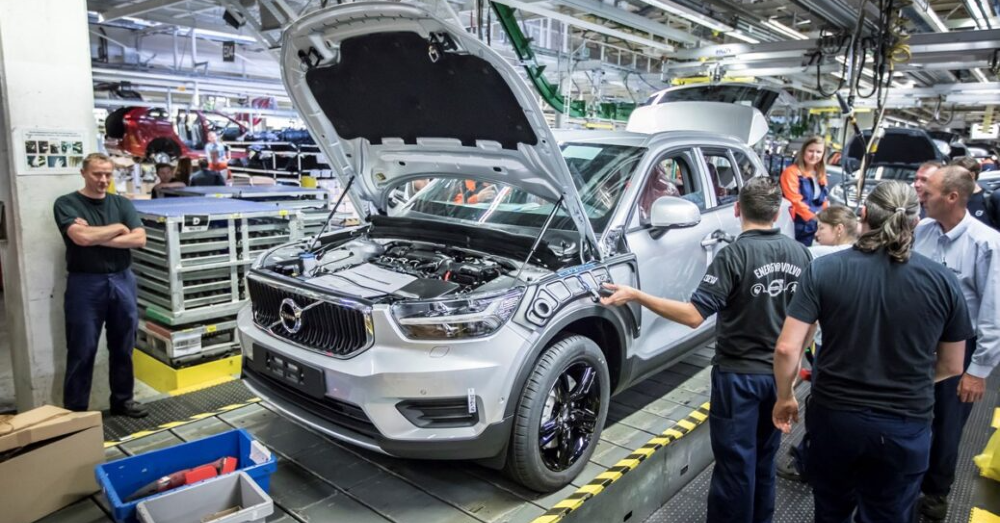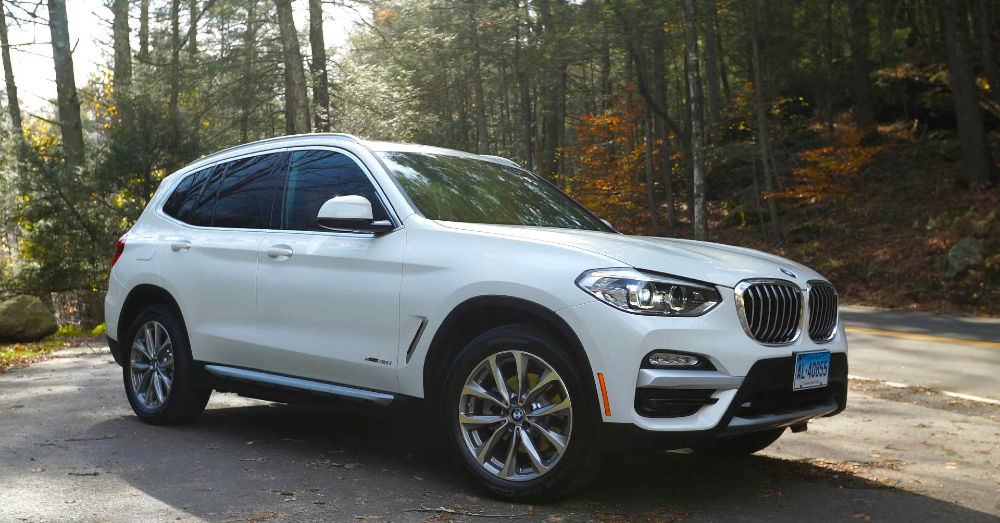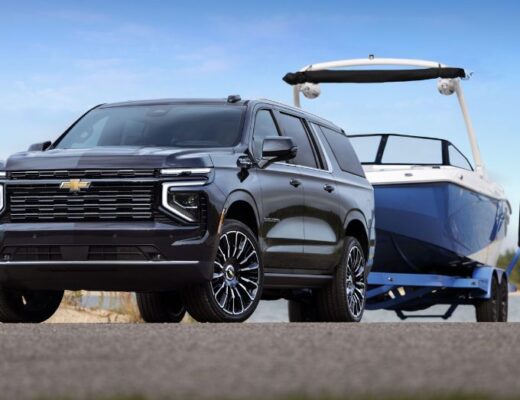Over the past couple of years, we’ve become privy to many ways the auto industry faces supply chain issues that feel unprecedented.
These troubles cause prices to increase to levels we’ve never seen before. In addition to new models reaching an all-time high with the average price soaring past $45,000 per vehicle, used vehicles saw unprecedented price increases during 2021. In some cases, used cars were more expensive than when they were new, which gives us an industry that was upside down.
What issues currently plague the auto industry, causing prices to be extremely high.
The Global Shutdown Caused a Ripple Effect
Two years ago this month, the world faced an unforeseen pandemic that rivaled the Spanish Flu pandemic of 1918. With an extremely contagious virus spreading like wildfire, increased deaths, and full hospitals, the world shut down. It was an eerie silence in areas where there once were busy streets, operating factories, and thousands of cars on the road. Governments around the world scrambled to work with the best information they had each day, while many of us tuned in from home to receive the latest update.
Shutting down global production and businesses created a standstill for the auto industry. This was just the first of the supply chain issues. The chain essential broke without materials moving from one place to another. If this was all that had happened, things might have gotten back to normal rather quickly, but that wasn’t all that took place.
The Semiconductor Blunder
When automakers stopped making vehicles they canceled orders for parts used to build those vehicles. Canceled semiconductor orders by the auto industry happened simultaneously with soaring sales of gaming consoles, which also use the same chips as cars. People were stuck at home and needed something to pass the time. The spike in orders meant the chips were going to the gaming industry, not the auto industry. Shortly after production resumed in the automotive market, three major plants that produce these semiconductors faced shutdowns, causing a global shortage of these chips.
Even today, we don’t see the automotive industry back to normal capacity, which might never happen.
The Felicity Ace Fire is Another Example of Supply Chain Issues
Turn the clocks forward to February 16, 2022, and we see reports of a cargo ship that caught fire in the Atlantic Ocean. This ship, the Felicity Ace, carried more than 4,000 vehicles from the Volkswagen Group. This is an example of the supply chain failing even after the product is complete. Thankfully, the crew aboard this vessel made it off the boat safely, and the ship was left to burn for several days.
Efforts to put the fires out eventually succeeded. Once the fires were out, the ship was hooked up to another boat to tow it to land, but the Felicity Ace rolled on its right side and sunk before making it to port, taking all of the vehicles aboard with it.
Russia’s Invasion of Ukraine is Causing Problems in the Auto Industry
More recently than the fires aboard the Felicity Ace is the invasion of Ukraine by Russia. While most of the world sides with Ukraine, many raw materials needed to build cars come out of Russia. More than 40 percent of the palladium used in building catalytic converters comes from Russia.
Additionally, this country is one of the largest suppliers of nickel, which is needed to build the batteries that EV models use. Recent sanctions imposed by President Biden create a tense situation which may have a lasting impact on the auto industry. This is an example of direct supply chain issues that could slow the industry down.
Technology and Vehicle Models Changed the Industry
Why is the average price of a new vehicle so high? There are two simple reasons for this, outside of the issues mentioned. First, vehicles of today include incredible levels of technology in every area. There’s a computer doing something for every part of your car. Remember those semiconductors mentioned; the average vehicle uses 1000 of these chips on average. That’s a lot of computing work in every model. Long gone are the days of a vehicle being purely a mechanical device.
The second reason vehicle prices have soared involves the lineup of vehicles we see at dealerships. While some brands, such as Hyundai, Kia, Toyota, Honda, and Nissan, continue to offer compact cars and midsize sedans, many other brands do not. Both Ford and GM shuttered most of their sedans a few years ago in favor of SUVs and upcoming EV models. This means the low-priced, affordable compact car you used to see at the dealership is gone. These vehicles weren’t profitable and didn’t sell at a volume that made sense to keep them around.
Will The Auto Industry Ever Normalize
Eventually, the supply chain issues faced in the auto industry will come back to normal, but there’s always something that causes a wrinkle in the plans. Global political unrest is something we’ve come to expect and live with in many areas of the world. While we would like to see the industry spend a few years without facing problems in the movement of products and vehicles, that’s not realistic.
Eventually, the semiconductors will flow as needed again, but more advanced versions could be necessary for the future. The Felicity Ace fire isn’t unique and is the eighth such shipping incident involving a car carrier in the past twenty years. Considering the turmoil in the world, we might always be on the brink of one country invading another, causing supply shortages. The auto industry is only becoming more advanced, especially when you consider the technology of these vehicles.
Some aspects of the auto industry’s challenges could improve, but something else always seems to find its way to becoming a problem for the entire market. Thankfully, most automakers are used to some of these challenges and know how to shift their focus to adapt to market needs.




